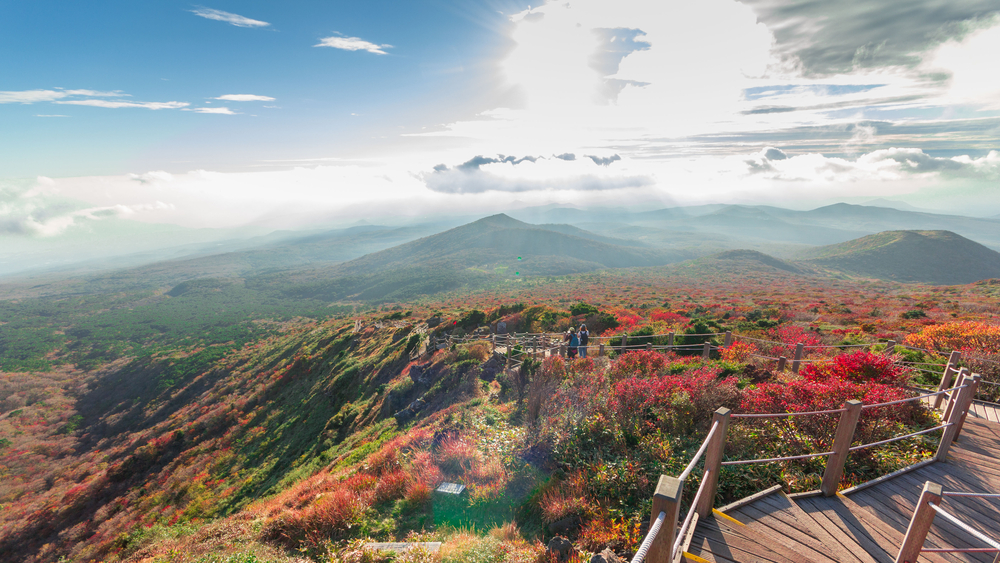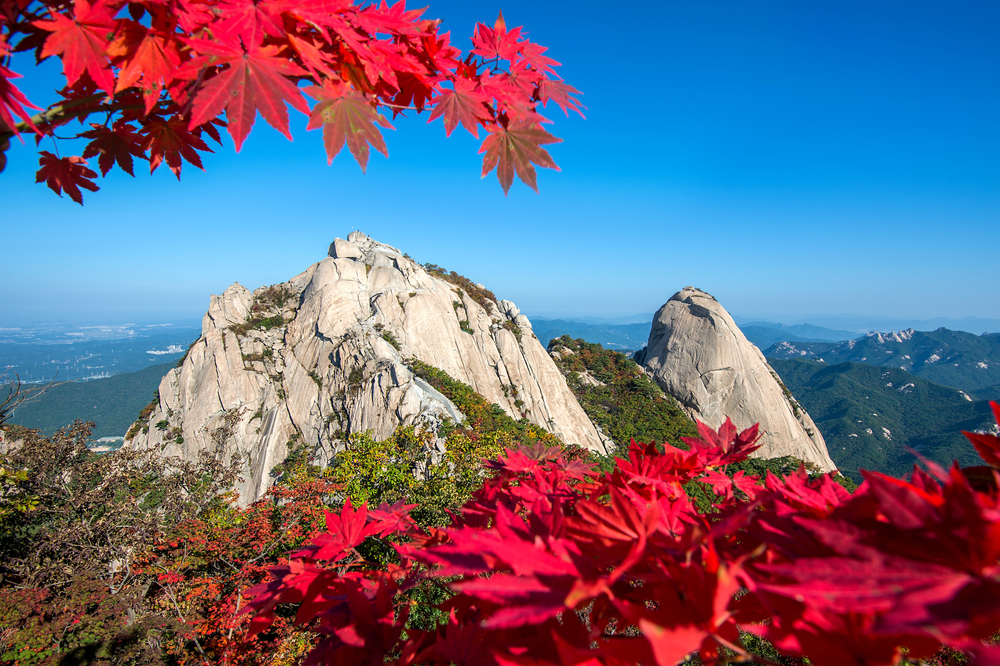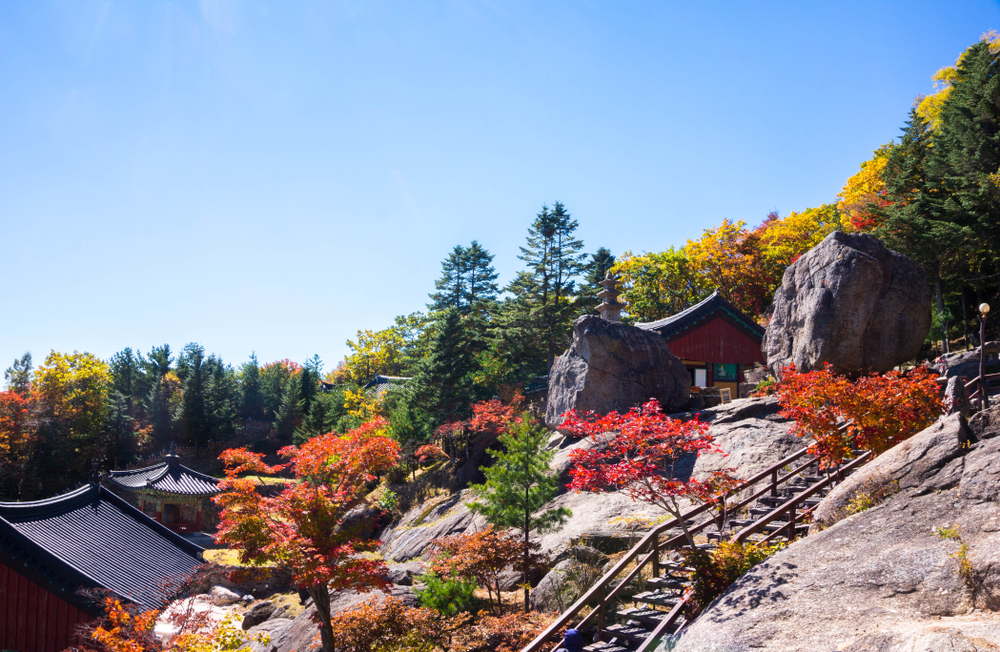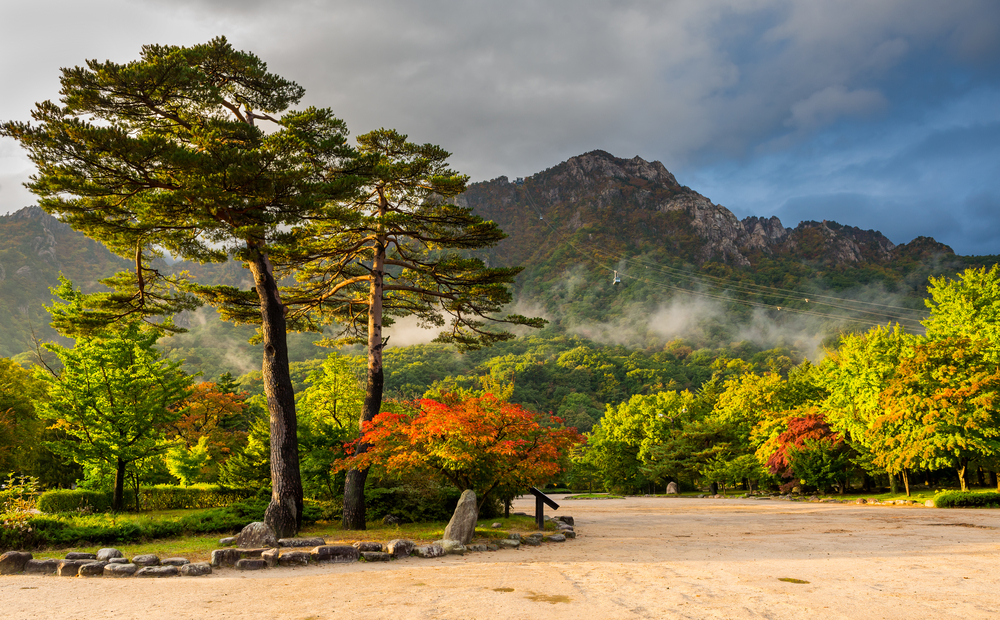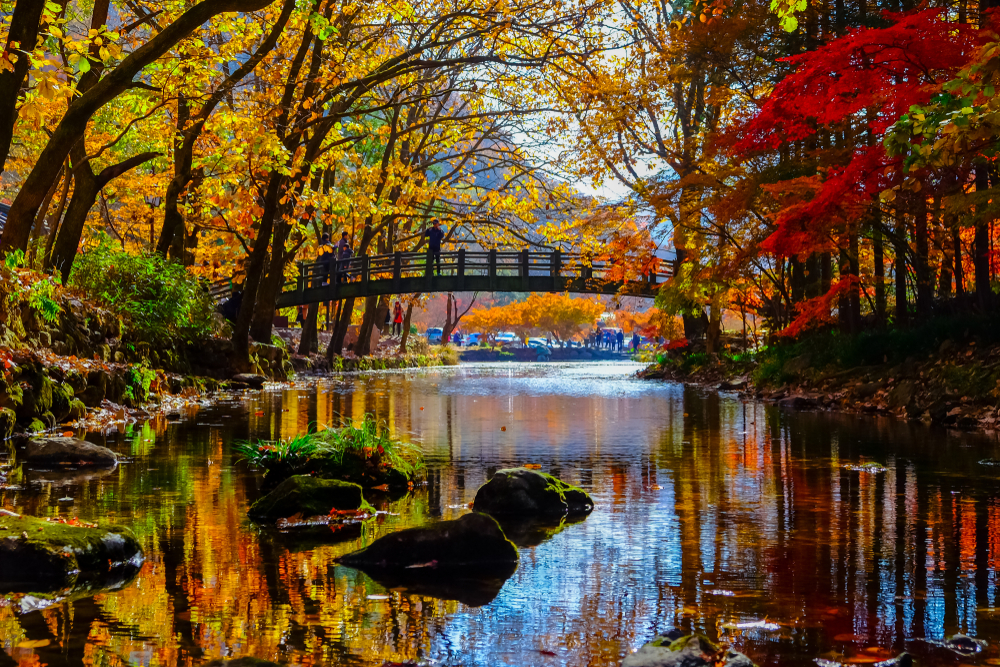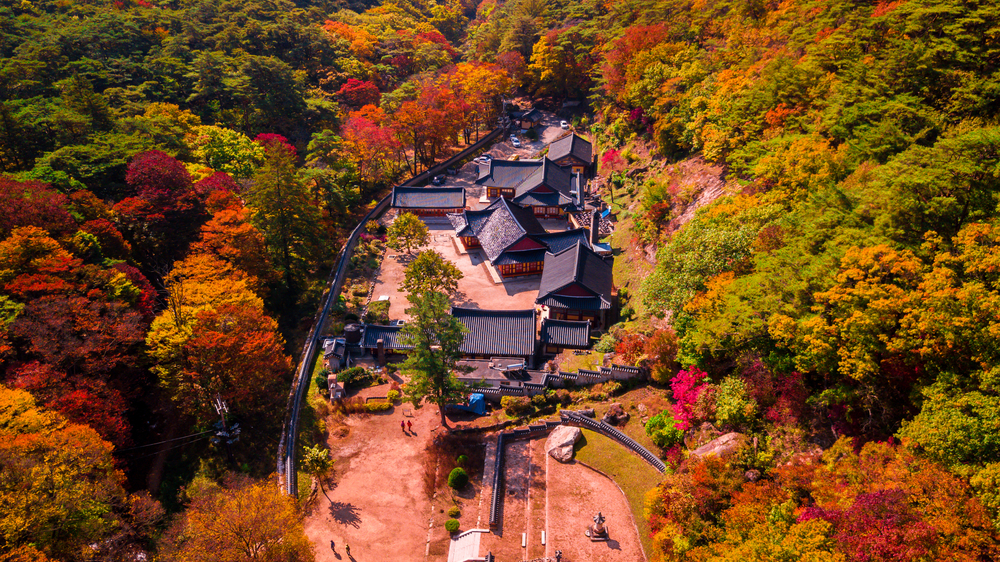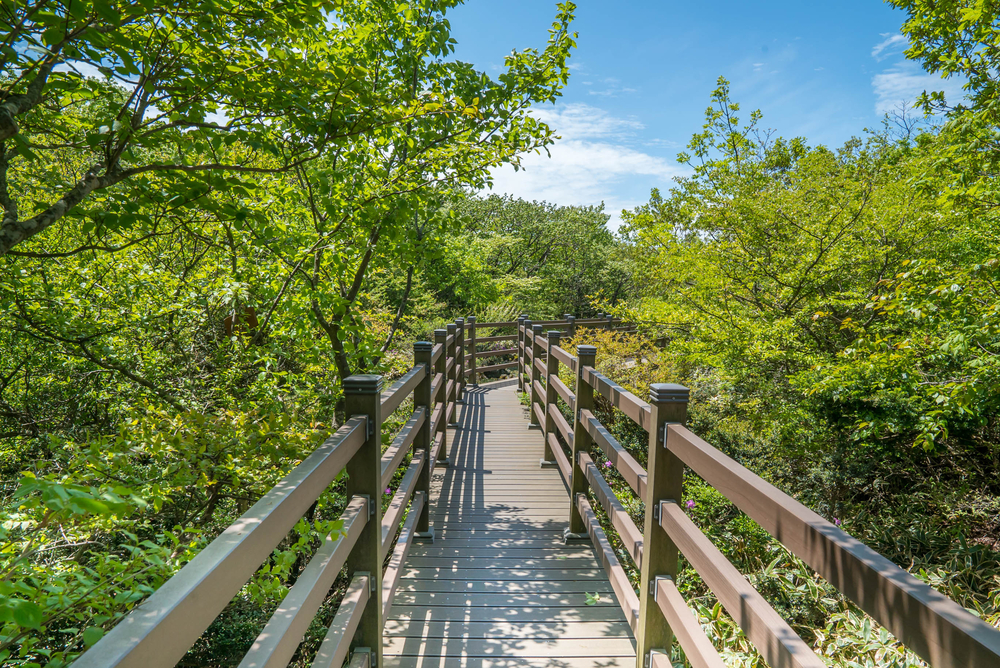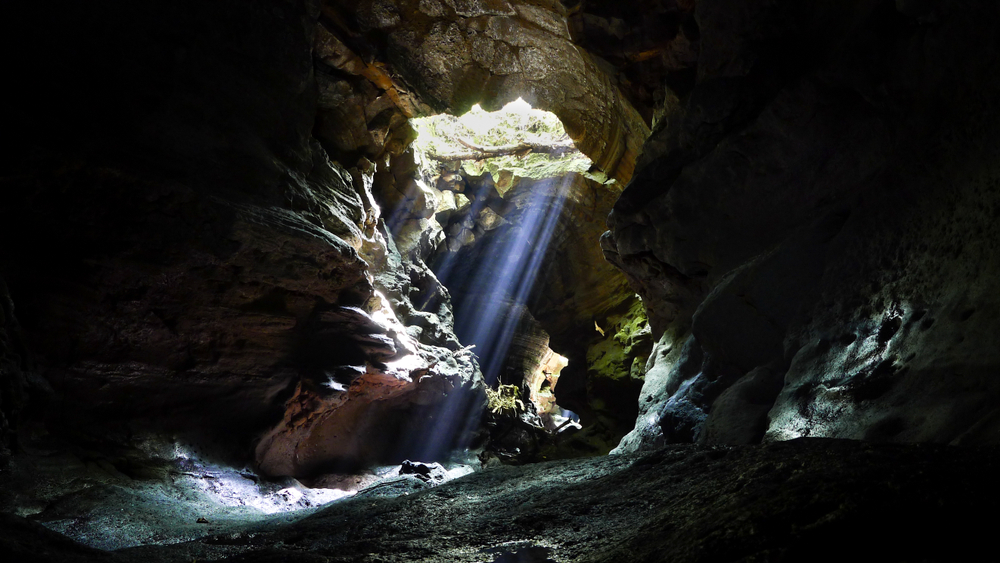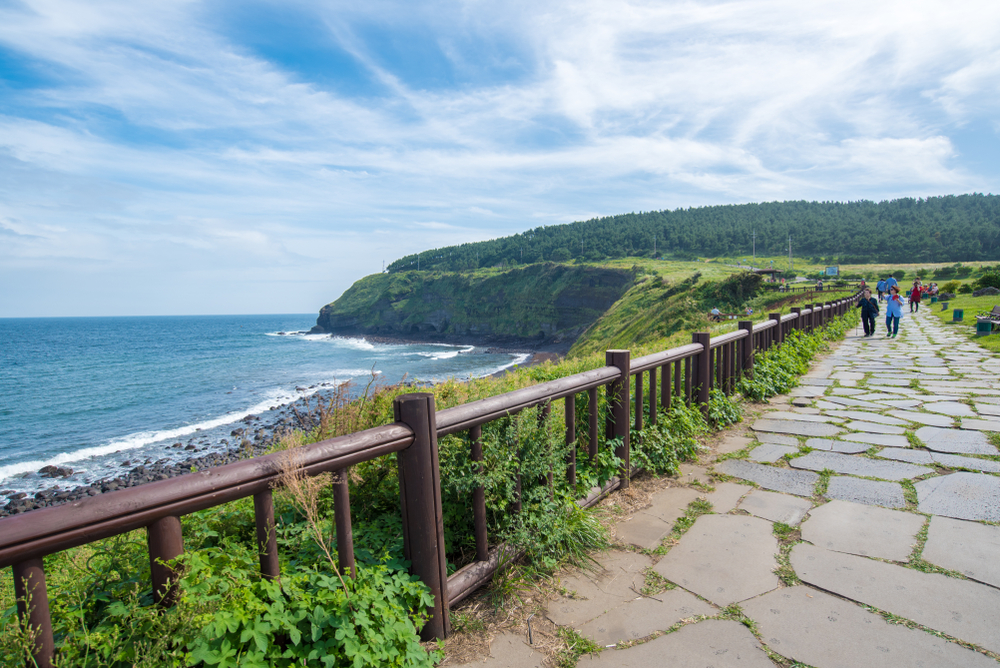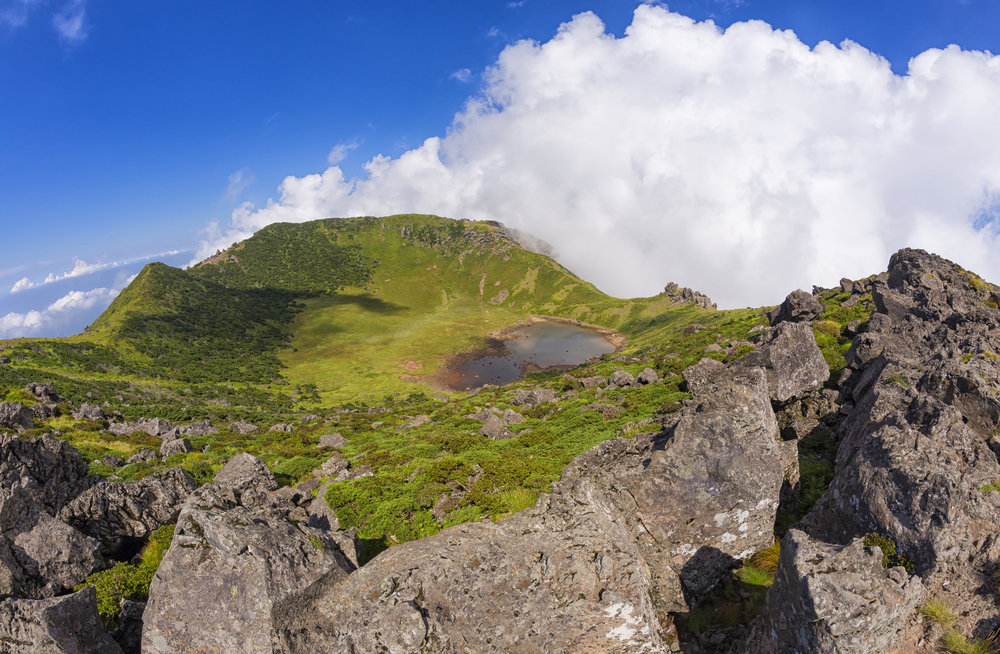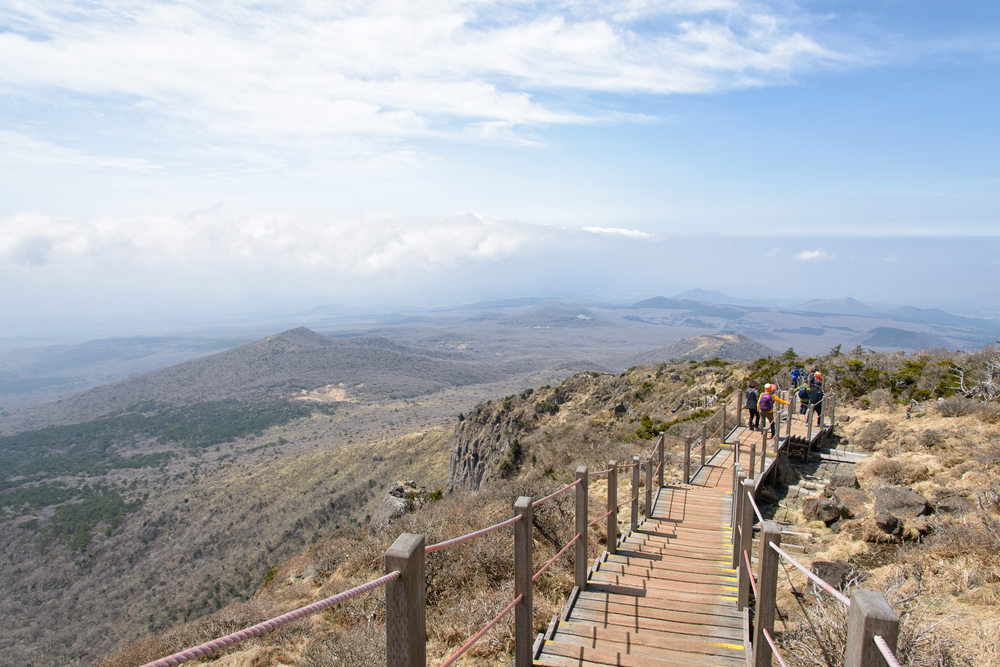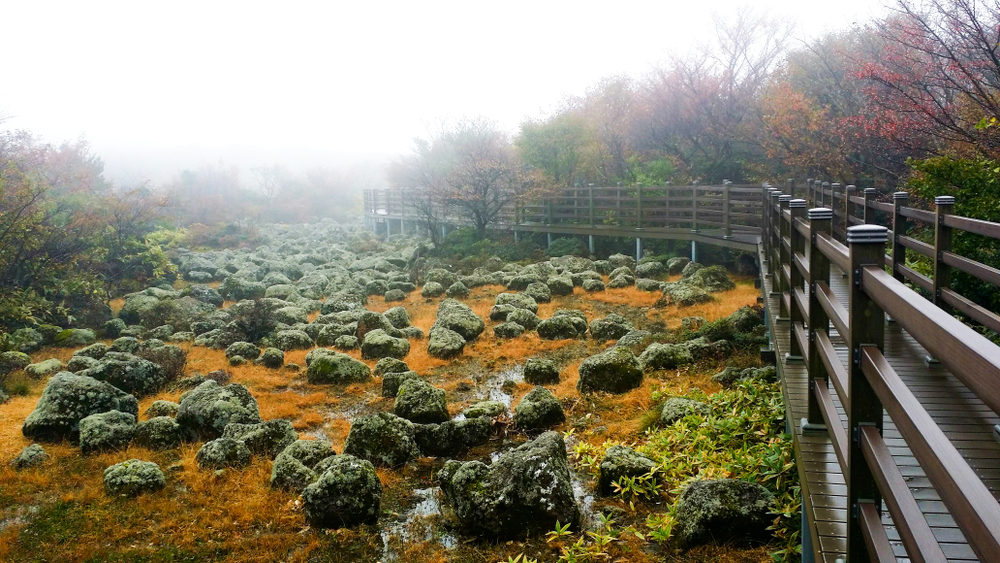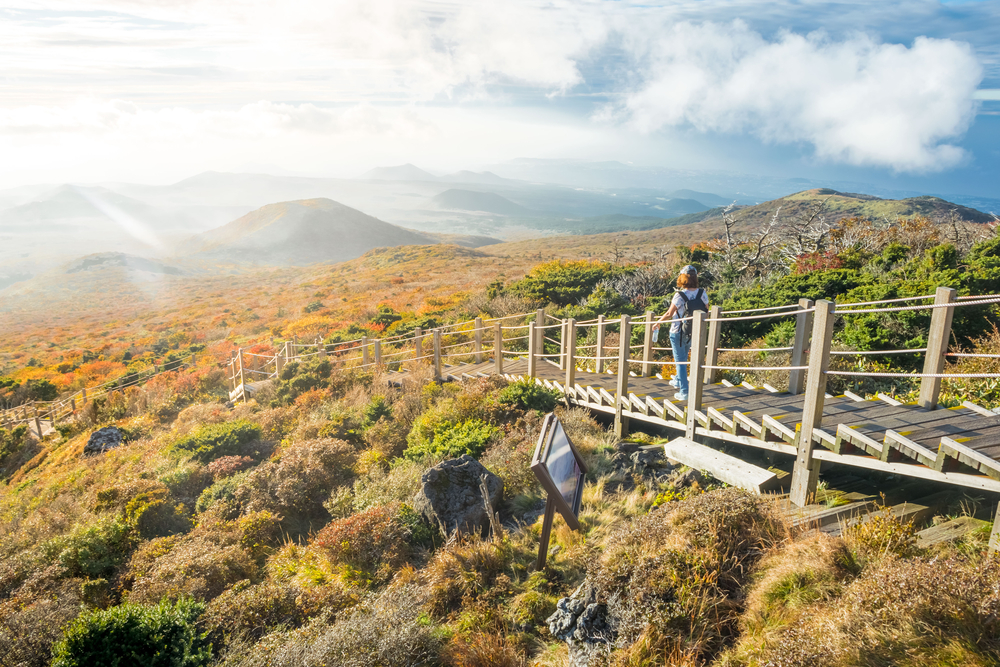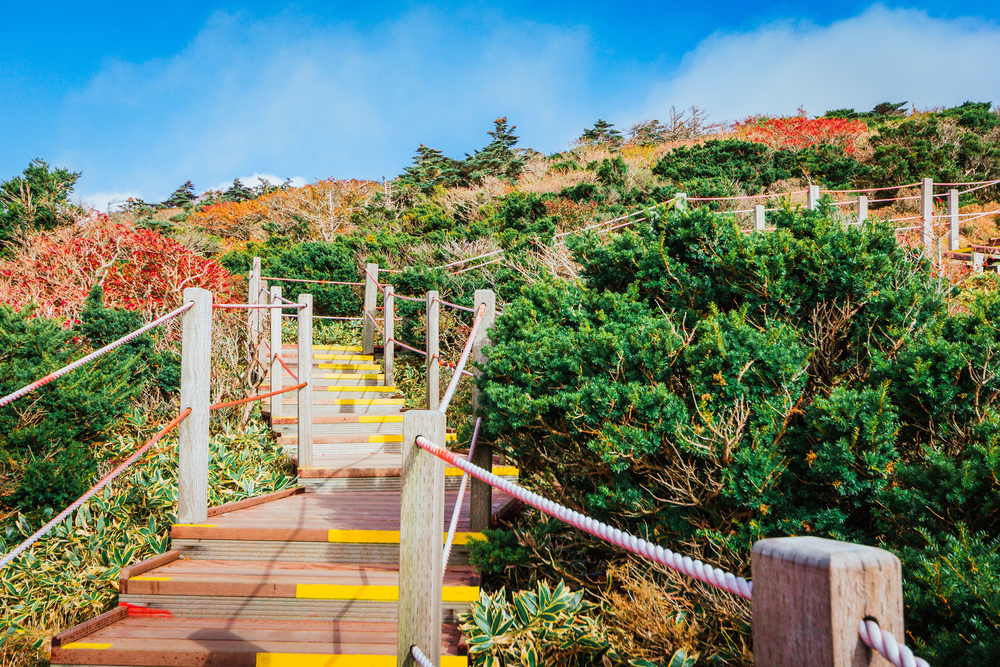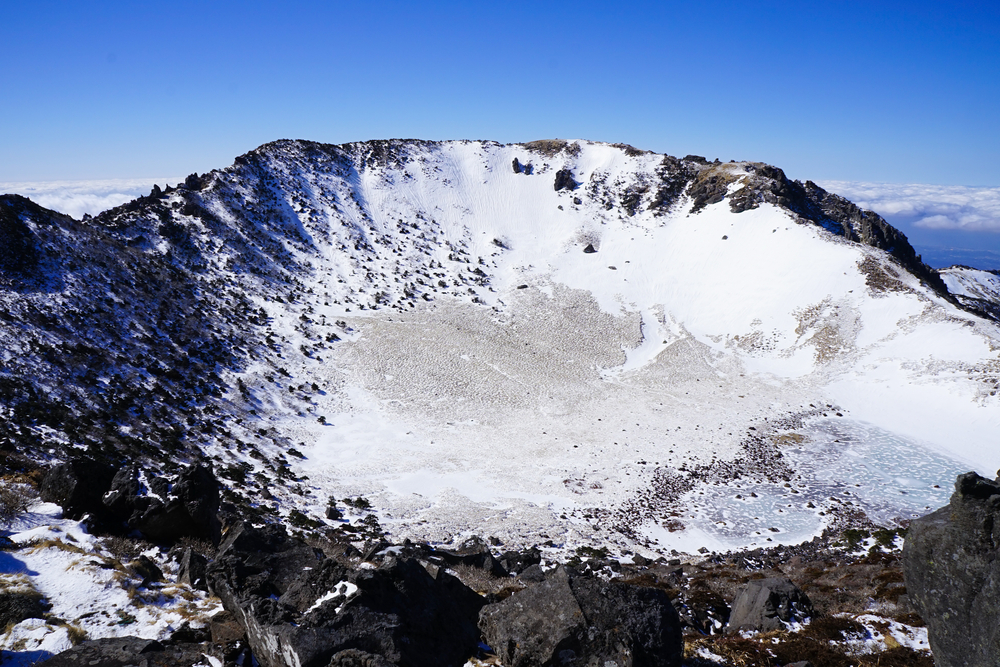Hallasan Overview
Hallasan National Park, designated in 1970, is a majestic natural reserve located on Jeju Island, South Korea. Centered around Hallasan Mountain, the highest peak in South Korea at 1,947 meters (6,388 feet), the park covers an area of approximately 153.3 square kilometers (about 59 square miles). This UNESCO World Heritage Site is celebrated not only for its geological value, including its well-preserved volcanic landscape, but also for its ecological diversity, cultural significance, and stunning natural beauty.
Hallasan Mountain, a massive shield volcano, forms the backbone of Jeju Island and is a dormant volcano with a crater lake at its summit, known as Baengnokdam, meaning “white deer lake.” The park boasts a diverse range of ecosystems, from subtropical lowlands to alpine regions near the peak, supporting over 1,800 species of flora and a variety of fauna, including several endemic species unique to Jeju Island.
The park is renowned for its scenic beauty throughout the year. Spring brings a colorful display of azaleas and rhododendrons, summer is lush and green, fall features vibrant foliage, and winter covers the landscape in snow, offering breathtaking views from the summit. The mountain is encircled by several well-marked trails, allowing visitors of all skill levels to explore its slopes, forests, and crater lake, making it a popular destination for hikers, nature lovers, and those seeking tranquility and inspiration from the natural world.
Hallasan National Park also holds cultural importance, with ancient legends and myths associated with the mountain, reflecting its significance in Korean spiritual and cultural heritage. The park’s unique geological features, including lava tubes and caves elsewhere on Jeju Island, contribute to its designation as a UNESCO World Heritage Site, highlighting its global importance for natural and cultural preservation.
With its unparalleled natural beauty, ecological diversity, and cultural richness, Hallasan National Park stands as a symbol of Jeju Island’s unique charm, attracting visitors from around the globe to experience its serene landscapes and to witness the harmonious coexistence of nature and culture on this volcanic island.








































































